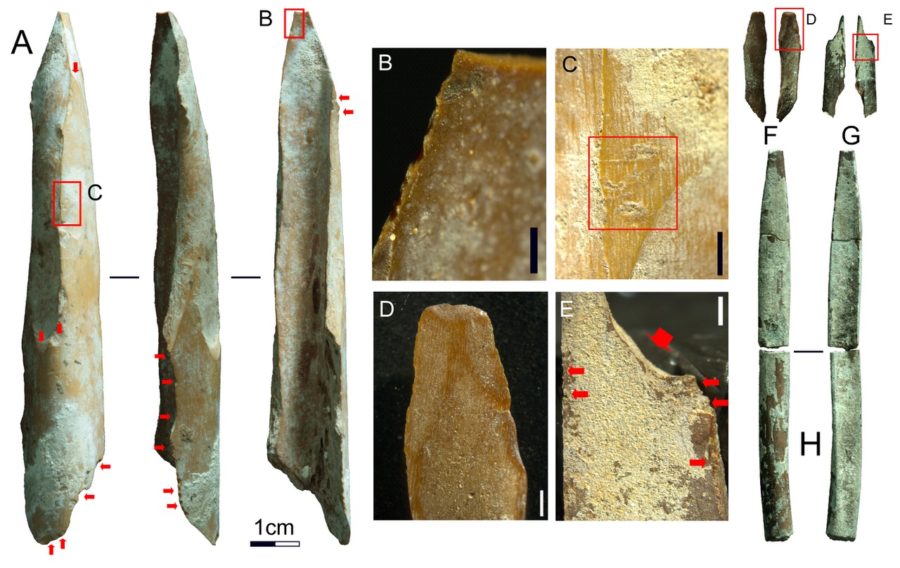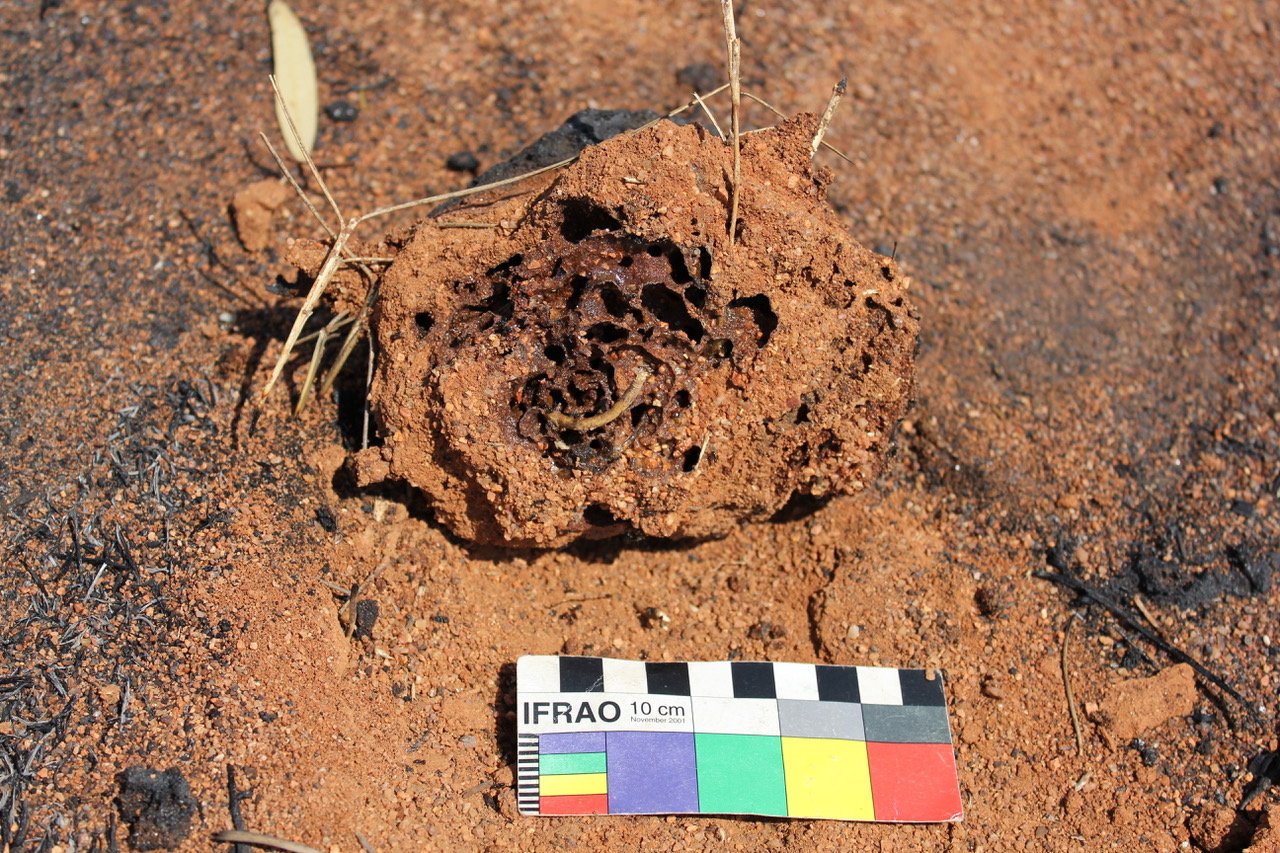35,000 year-old Kangaroo-bone tools found in remote cave in southern Kimberley

Ancient bone tools found in northern Western Australia are changing long-held scientific beliefs about Aboriginal culture.
The tools were discovered at Riwi Cave in Mimbi country in the Kimberley region.
They’ve been radiocarbon dated at more than 35,000 years old and are among the oldest discovered in Australia.
Bone tools of this age were previously thought to be confined to the cold southern regions of Australia and Tasmania, archaeologist Sue O’Connor told AAP.
“But these sites in the Kimberley have amazing preservation of bone,” she said.
“They’ve really changed our perspective.”
Four of the bone tools were found in layers dating to between 35,000 and 46,000 years ago.

They were likely used for a range of activities at the site, including as jewellery, making reed baskets and plant fibre fishing nets, and hunting.
Prof O’Connor said they may have also been used to make clothing out of animal skins to protect against the cold, challenging earlier assumptions such tools were only found in cooler southern climates.
Archaeologist Michelle Langley said the find showed bone tools had been used for at least 45,000 years by the Mimbi people.
“We previously assumed bone tools weren’t widely used in northern Australia and only made it into the toolkit in the last 20,000 years,” she said.
“These tools show that wasn’t the case.”
Dr Langley said it was likely the tools had always been used and archaeologists hadn’t previously found them because they had broken down in the tough northern Australian climate.
Archaeologist Jane Balme said the tools showed the importance of organic materials in the early technologies of First Nations people.
“They provide a window into a greater diversity of activities undertaken by people than are revealed by stone artifacts alone,” she said.
The research is published in the International Journal of Osteoarchaeology on Thursday.
A team of scientists from Griffith University, The University of Western Australia and The Australian National University contributed to the study.

